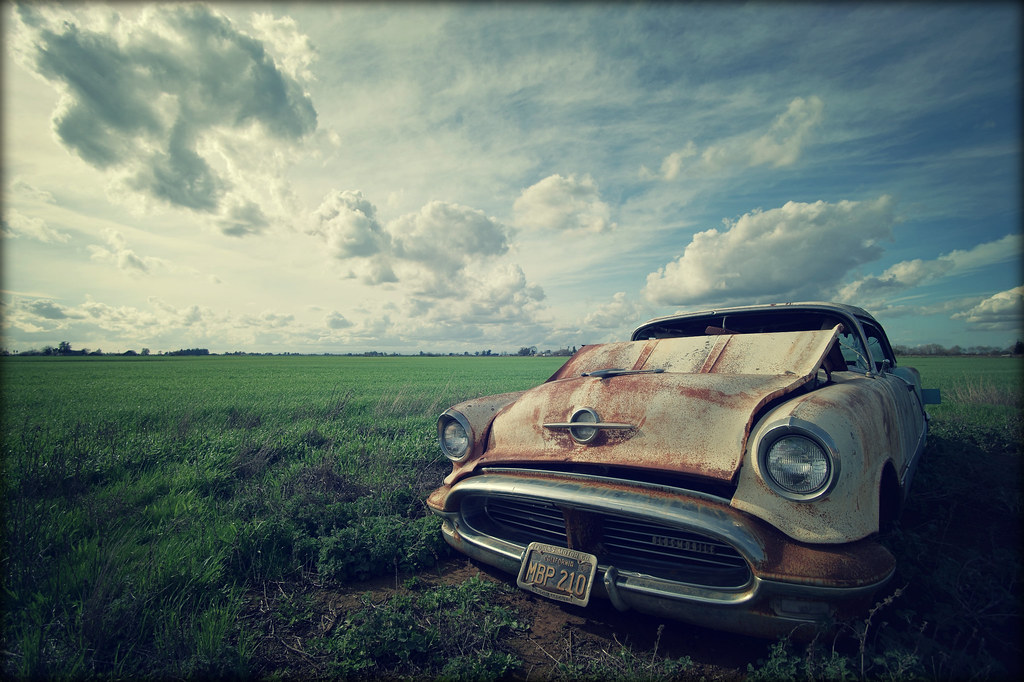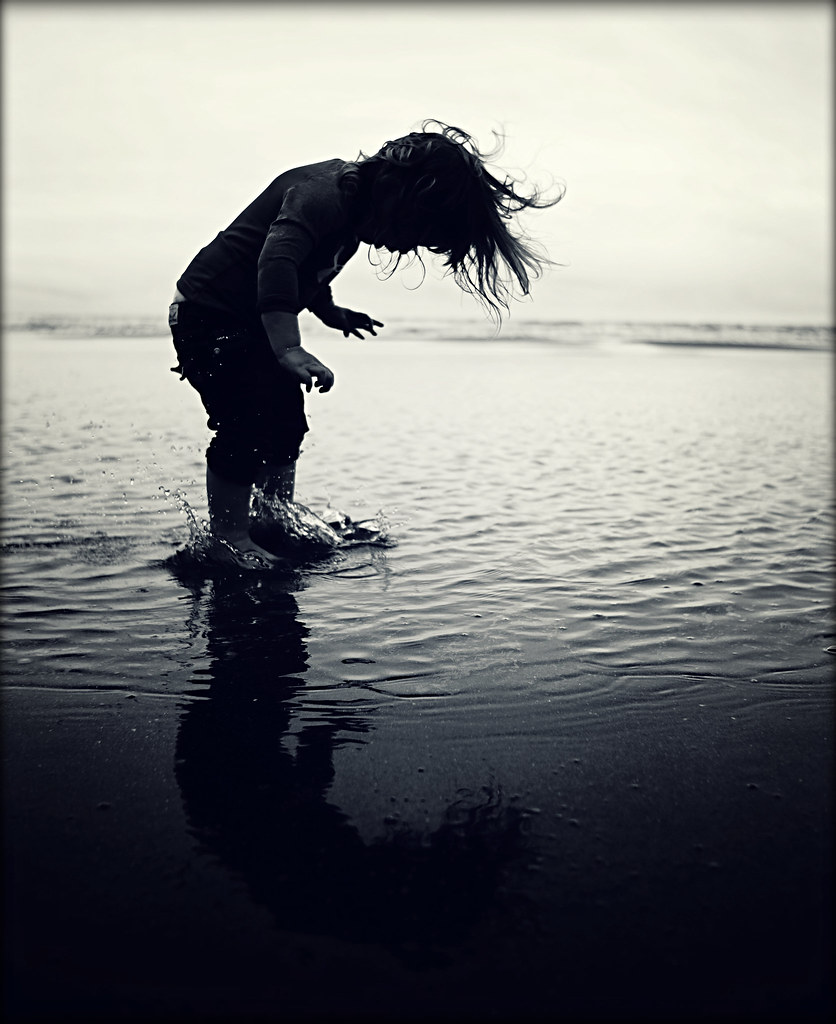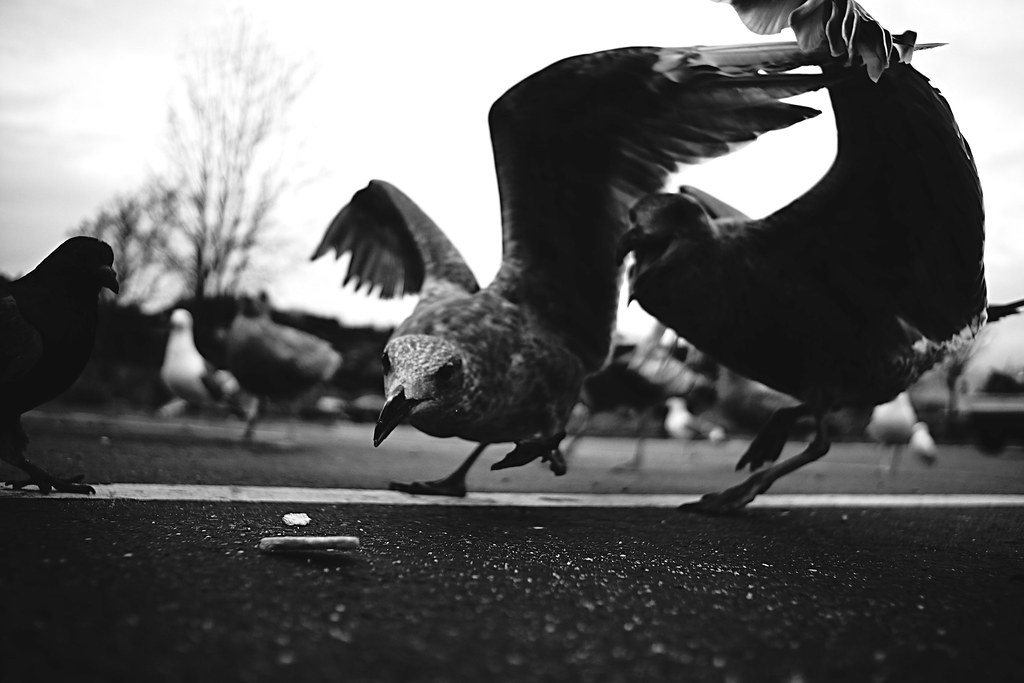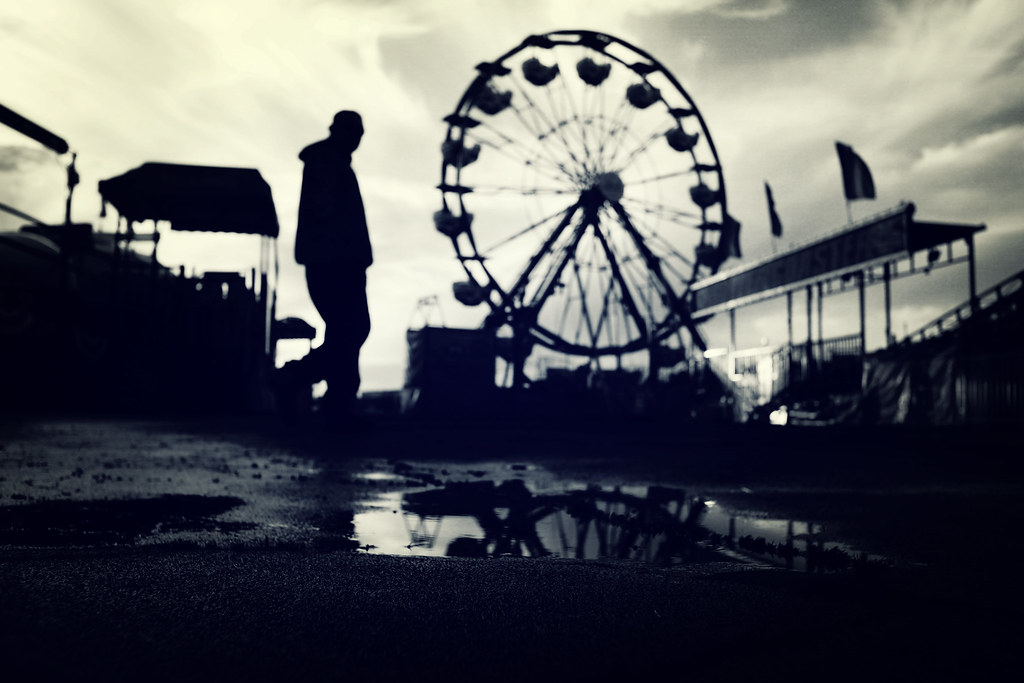looked at Fuji X-T1 and Samsung NX30 at the show. I was really disappointed with the size of EVF. They are so tiny it is not really possible to tell much about the scene at all.
OMG LOL Wat?!
Sorry, but I call shenanigans here. As another poster already said the EVF in the X-T1 is BIGGER THEN WHATS IN THE CANON 1DX... Please view this page (scroll down a bit) for a size comparison of the Fuji against the others where they show this very fact.
http://www.dpreview.com/previews/fujifilm-x-t1/4
And here is a quote directly from that page.
"In case you needed another illustration of just how large the X-T1's viewfinder is, here it is compared to the Canon EOS-1D X, which has the largest optical finder of any current DSLR. The X-T1's EVF offers a fractionally larger view, which means it's substantially bigger then the optical viewfinder of a typical APS-C format SLR Such as the Nikon D7100."
Im sorry, but you either didnt look thru the EVF or you did but with a huge existing prejudice against EVF's so you obviously didnt recognize what you were seeing. I had a chance to use the X-T1 for a few hours several weeks ago when the Fuji rep brought one to my local camera store. The EVF in that thing is HUGE. There is no way anyone could look at it and call it small and dark, irregardless of the settings on the camera. I mean the thing is big enough to show the magnification box ALONG SIDE the regular composition box. There is that much room in there. Amazing.
"It felt like tunnel vision to be more precise. Don't forget that it is 1.5x crop at 0.77x mag so the area must be a lot smaller (~0.51x equiv) than 1DX/5DIII VF at 0.76x."
Errrrr....wha? It doesnt matter what the crop is. We are talking about actual viewing real estate of the screen vs the optical vf. Its bigger. Hands down. No contest. Yes, it is the same crop view that the sensor sees...so what? Every APSC camera ever made shows you the crop view. The point is the screen you are viewing is MONDO HUGE.
I gave up optical view finders over two years ago when I sold my Canon gear and made the move to my NEX 7. Now I have upgraded to the A7. The EVF's work fine. Anybody can boo hoo over a new technology but the fact of the matter is that the camera is a tool. Its used to make compelling images. All this yammering about this camera has this and it sucks, and this camera doesnt do this.. oh noes! is just a wast of time.
Here are some horrible photos I have taken with my crappy and inferior EVF cameras.
Omg, how do I work with such horrible gear that isnt selling to well? Oh, thats right....Im a photographer.
The reason that mirrorless sale arent what they could be is not about the EVF. Its not about size. Its not about any kind of technological feature. The reason is that it is a new type of camera that is going up against two entreanched companies that have poured over two decades of reaserch and development into the DSLR. I mean, Canon has had the EOS mount since the 80's for gods sake. The DSLR in ingrained in the basic consumers mind when they think "Hey, I want to get a nice camera." And when they think that they IMMEDIATELY think Nikon or Canon. Thats because those companies have been successful the last two decades in selling DSLR's. Thats why they dont want to reinvest in Mirrorless technology. DSLR's are a cash cow for them. They are recouping on a daily basis development money spent
years ago. I read an article not to long ago that was chiding Canon for a lack of innovation and citing the fact they it has basically released the same camera over and over for the last three years with just tiny incremental improvements but the same basic body and sensor. Its not that they dont want to innovate, its that they really cant. DSLR's have reached the peak of their evolution. Theres not much left to do. And on top of that, Nikon and Canon have a huge stable of lenses to fit these cameras. Well I hope so....they have been making them for almost 30 years!
Here the facts. Most basic consumers wanting to get a 'nice camera' couldnt tell you what DSLR stands for if their life depended on it. And if they dont know and understand the basic functions of a mirror box assembly then they arent going to understand the benefits of doing away with it. A beginning photog wanting to 'take nice pictures' isnt going to understand jack about exposure compensation or the benefits of being able to control and see things in real time on an EVF. So this clueless consumer walks into a big box retailer and saunters over to the the camera part of the store and they are greeted with a mostly clueless sales person who may or may not understand anything about photography and if they do know something about photography they may or may not take the time to try to go into the differences between DSLR's and MILC's. The consumer just wants a good Canon or Nikon camera to take nice pics with and that is what they walk out of the store with. And that is even IF the retailer actually has any nice MILC's on display to begin with.
I talk to countless friends and co workers about cameras and almost every single one has NO CLUE how a camera works. I mention 'flange to focal distance' and 'aperture' and 'hyperfocal distance' and their eyes literally glaze over. Thats why mirrorless sales are less then what they could be. People who dont know anything about photography are buying cameras from people who dont know anything about photography (camera shops not included) and the want a 'big nice camera' so leave with a Nikon or Canon.
'Cause Canon makes good cameras, right?
 ), and is more forgiving in very bright and very low light.
), and is more forgiving in very bright and very low light.




